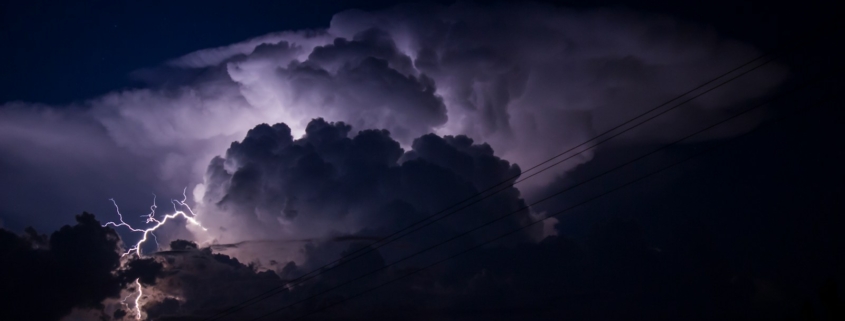Unique Challenges of Rock Climbing in African Landscapes
Rock climbing in Africa presents adventurers with a host of unique challenges, from navigating rugged terrain to encountering unpredictable weather patterns and wildlife. Africa’s diverse landscapes, ranging from towering mountains to expansive deserts, offer climbers a variety of experiences that demand adaptability, resilience, and respect for the environment. In this article, we’ll explore some of the distinctive challenges faced by rock climbers in African landscapes and how to overcome them.
1. Extreme Temperatures:
Africa’s climatic diversity means that climbers may encounter extreme temperatures depending on their chosen destination and the time of year. From scorching desert heat to freezing mountain cold, climbers must be prepared to contend with temperature fluctuations and take appropriate measures to stay safe and comfortable.
2. Harsh Sun Exposure:
The African sun can be relentless, especially at high altitudes or in open desert environments. Climbers should protect themselves from sunburn, dehydration, and heat exhaustion by wearing sunscreen, protective clothing, and sunglasses, and staying hydrated throughout their climbs.
3. Remote Locations:
Many of Africa’s premier climbing destinations are located in remote and isolated areas, requiring climbers to be self-sufficient and prepared for potential emergencies. Limited access to medical facilities and communication networks means that climbers must carry essential gear, first aid supplies, and communication devices to ensure their safety.
4. Unpredictable Weather:
Weather conditions in Africa can be unpredictable, with sudden changes in temperature, wind, and precipitation. Climbers should closely monitor weather forecasts and be prepared to adjust their plans accordingly, including seeking shelter during storms and avoiding climbing on wet or unstable rock.
5. Wildlife Encounters:
Climbing in Africa often means sharing the landscape with a variety of wildlife, including snakes, insects, and larger animals such as baboons and leopards. Climbers should be aware of potential wildlife hazards and take precautions to minimize the risk of encounters, such as storing food securely and avoiding climbing during peak animal activity times.
6. Cultural Considerations:
Rock climbing in Africa may intersect with local communities and indigenous cultures, presenting opportunities for cultural exchange but also requiring sensitivity and respect. Climbers should familiarize themselves with local customs and traditions, seek permission before climbing on sacred or culturally significant sites, and engage with local communities in a positive and mutually beneficial manner.
7. Conservation Challenges:
Africa’s natural landscapes are under increasing pressure from human activities, including rock climbing. Climbers should be mindful of their environmental impact and practice Leave No Trace principles, including minimizing damage to vegetation, avoiding disturbance to wildlife habitats, and properly disposing of waste.
8. Access Restrictions:
Some climbing areas in Africa may have access restrictions or permit requirements imposed by local authorities or landowners. Climbers should research access regulations in advance and obtain any necessary permits or permissions to avoid legal issues and respect private property rights.



